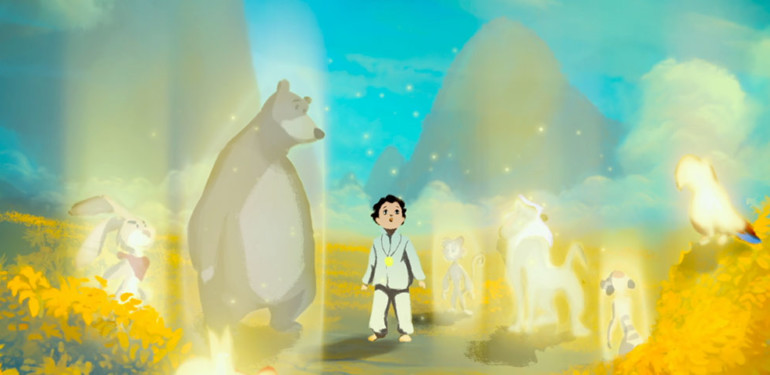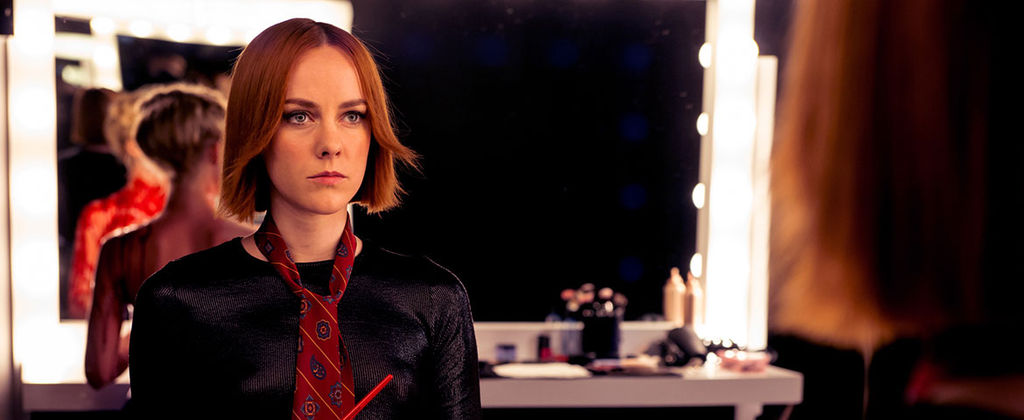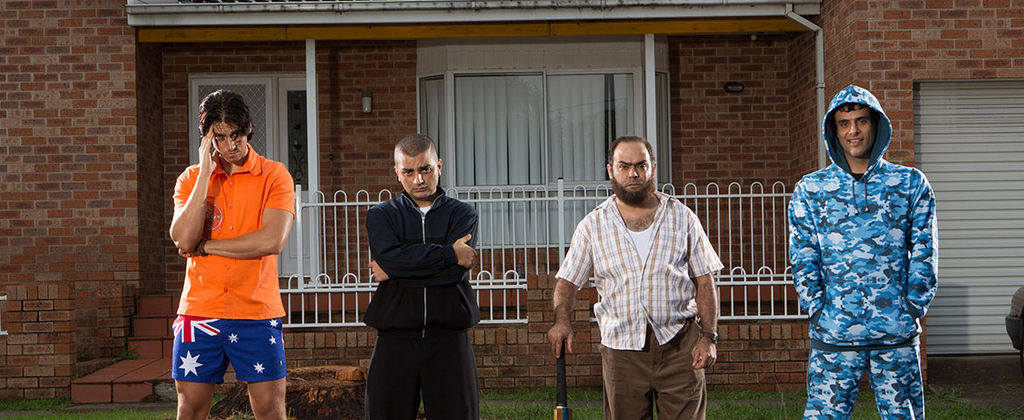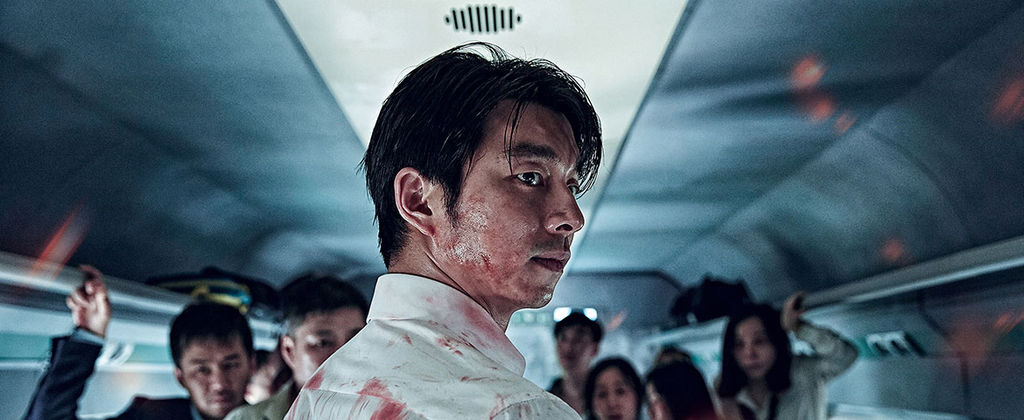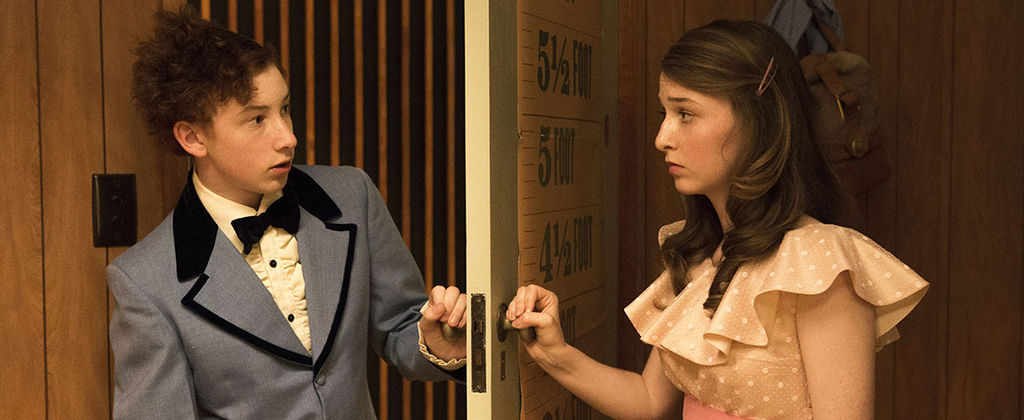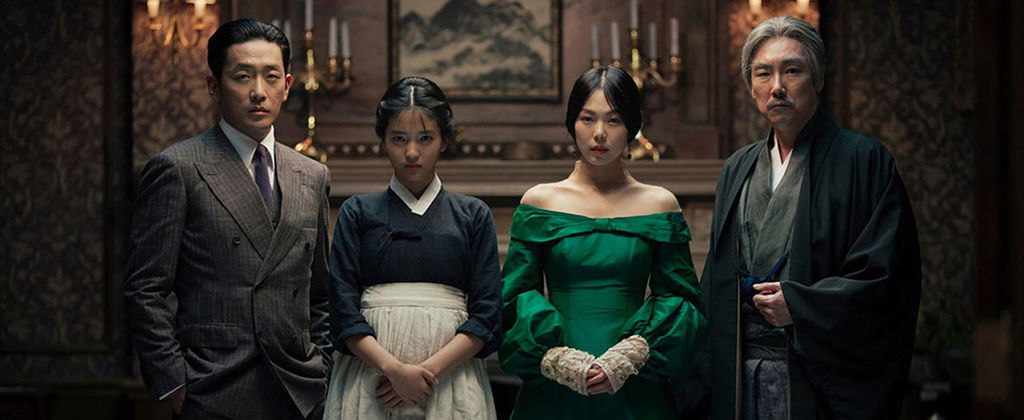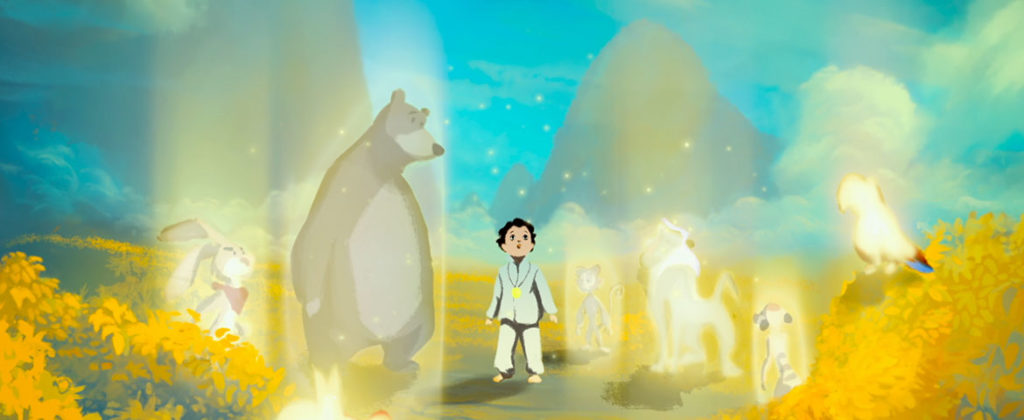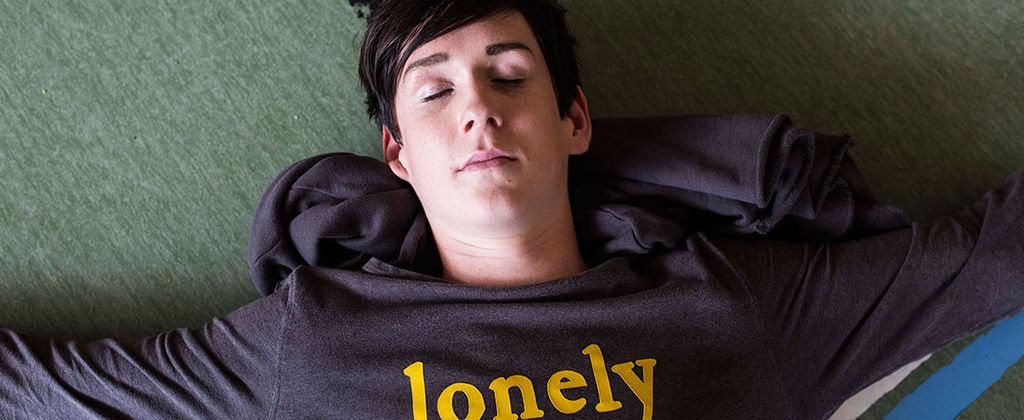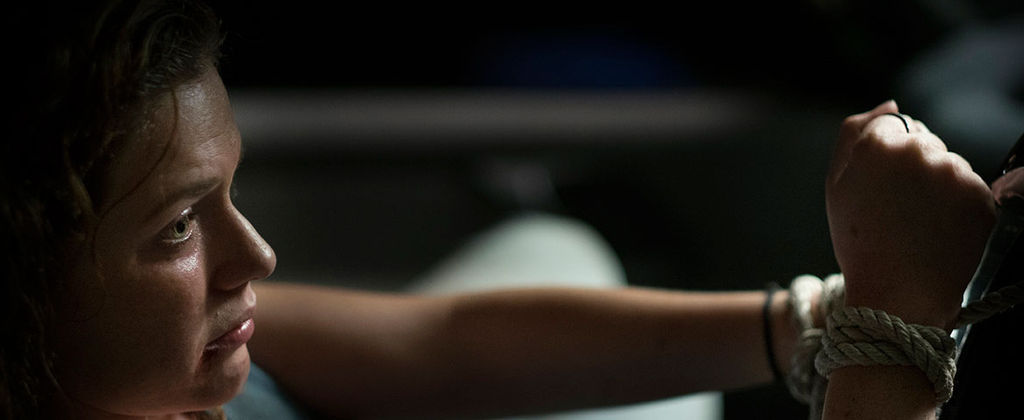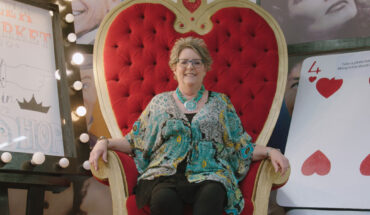Celebrating 65 years of cinematic goodness, the Melbourne International Film Festival (MIFF) once again brought the goods with an enormous line-up of international and local films on show. It’s a huge event on Australia’s cultural calendar and for cinema lovers, it’s a highlight of their year.
You can find The Plus Ones’ first glance guide to MIFF 2016 here. This is a collection of some of the highlights we found at this year’s festival to look out for in an art house cinema (or legal streaming service) near you. We are all very much looking forward to some proper sleep again.
Everything about The Neon Demon seems to contradict itself – even the audience’s reception to it. In my screening I counted four walkouts, but we all gave it a fierce applause when it finished. Having directed Drive, Nicolas Winding Refn has a recognisable name, but The Neon Demon is an insular, surreal experience that alienates people as much as it intrigues them. Still, the line outside the Comedy Theatre on Thursday night snaked all the way around and down the street, even 20 minutes before the movie started.
Jesse (Elle Fanning), comes to LA to begin her career as a model. It’s pretty clear she’s going to do well for herself, evident from the seething jealousy towards her from the other models. Jesse’s got some kind of ‘quality’ that all the plastic and cosmetic surgery in the world couldn’t replicate.
I’ll leave it at that, because you’re going to want to know as little as possible going in. As Jesse delves deeper into the world of superficial beauty, Refn’s style-saturated direction drags you down a hellish spiral of bright pinks and reds, while Cliff Martinez’s synth-y score provides a fitting soundtrack to this very specific kind of hell.
Elle Fanning’s performance is understated. Refn lets the camera linger on her face, letting her responses to her surroundings provide a kind of narration for the viewer. She seems in full control of her character, giving her a duplicitous confidence to deflect jabs from her jealous colleagues. This is in contrast to the script’s stilted, pulpy dialogue that stops the film from taking itself too seriously.
Some parts of the film are depraved and confronting. Others are visually stunning. It’s funny, in a horrific kind of way. It’s worth seeing, if you’re up for it.
8.5/10 stars
– Tom Bensley
Let’s face it. Aussie films have a (somewhat well founded) reputation for being dark, moody and not very entertaining for the average multiplex cinema goer. That’s one of the reasons this Australian comedy about the infamous Cronulla Riots caught us so off guard.
Down Under is a black comedy set during the aftermath of the Cronulla riots by actor-turned-director Abe Forsythe. Following the stories of two carloads of hotheads from both sides of the fight in the days following the infamous beach fights. The film touches on some important issues of race, culture and friendship without becoming too self absorbed. Laugh out loud hilarity and chilling brutality leave their mark on this film evenly. The characters are sadly stereotypical caricatures, though if you look past this there are some laughs to be had which is not an easy task with the subject material. Some of the scenes are beautifully shot, especially the slow motion car scenes, and the acting and production values hit the mark the majority of the time.
We were quite disappointed in the film makers choice to have a central character ‘Dumbledoring‘ – a term when a LGBTI character is only hinted at being gay rather than a fully developed character. It’s time for real LGBTIQ representation in films and to continually skirt around representation and to use someone’s sexuality for half-arsed comedic relief is no longer acceptable. Having said that, it was lovely to see decent representation for a character with Down Syndrome. While the ending left us disappointed, it seemed in hindsight an inevitable conclusion for these characters.
7/10 stars
– Tomas Zagoda
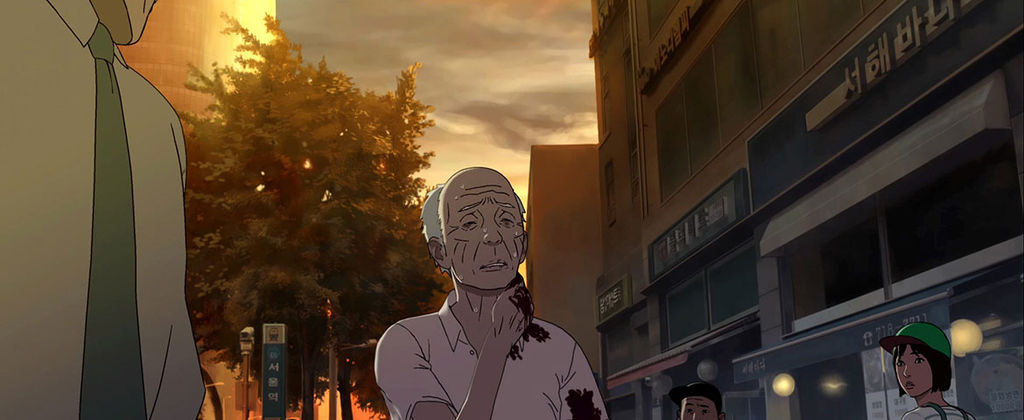
Sang-ho Yeon’s Seoul Station is pretty on the nose with its message. The animated, South Korean zombie film opens showing an old, homeless man with a wound in his neck, stumbling through the streets of Seoul. After telling his friend that ‘what this city really needs is universal welfare’ a civilian refuses to help the old man because he’s ‘stinky’. Pretty soon the old man dies and a zombie outbreak is underway.
The rest of the film is a light-hearted, thrilling survival picture that follows two protagonists trying to reunite amidst the chaos. Hye-sun (Shim Eun-kyung) has run off after a fight with her boyfriend and joined a ragtag group of survivors from the train station. Her boyfriend, Ki-woong (Lee Joon), teams up with a man who claims to be Hye-sun’s father. The father is a strong, resourceful man, but botched phone calls, crashed cars and roadblocks keep the three from uniting until the film’s climax.
Despite Eun-kyung’s incredibly pitchy and irritating performance as Hye-sun, Seoul Station is an entertaining piece, guaranteed to keep you engaged for its short runtime. A couple of animated set pieces boast wonderful creativity. In one, Hye-sun precariously crosses scaffolding between two buildings while zombies leap to their deaths all around her. In another, a group of survivors are trapped between pursuing zombies on one side and government soldiers on the other, pushing survivors back with a firehose.
Most of the scenes are thrilling, a few of the details are a little familiar and the social commentary is aptly conveyed by the film’s plot. Definitely worth a watch for zombie fans, animation fans and anyone who needs a reminder that light entertainment doesn’t have to be meaningless.
8/10 stars
– Tom Bensley
I’m a huge zombie fan and will generally watch anything with zombies in it, and then groan at how bad it was. South Korean zombie flick, Train to Busan however, is a perfect example of a zombie film done well. It is fun, it is scary and it doesn’t take itself too seriously. In a way it is very similar to Snakes On A Plane, but in this case, our heroes are fighting zombies on a train.
There are some truly suspenseful moments throughout the film and there were times when there were quite a few screams in the cinema. Fortunately I am an internaliser, so while my fear was definitely there, it only resulted in a couple of jolts throughout.
There is nothing new in this film but Yeon Sang-ho’s film stays true to the zombie genre and doesn’t try to make it anything more. However, his exploration of moral and social conscience and the choice of whether you look after yourself or those around you is interesting to watch unfold. All the characters are tested at various moments and not all are rewarded by their actions.
With such an infestation of zombie movies recently it can be pretty hard to know which to avoid like the plague and which to take a gamble on. Train to Busan would be one of the safest – and enjoyable – gambles you could make.
8.5/10 stars
– Myron My
Girl Asleep, is a beautiful adaptation of the play of the same name by original playwright Matthew Whittet, which explores a young girl’s journey to overcoming fear and anxiety as she steps into adulthood in 1970s Australia. Whittet and director Rosemary Myer easily show that theatre can be adapted to film and still retain its magic and charm.
The party scene is beautifully created and I now have a clause in any parties I host that guests must enter with a choreographed dance. The cast is extremely committed to their roles, especially Harrison Feldman and Amber McMahon, and the pre-teen “Neon Demon” girls are hilarious to watch in this pre-teen rite-of-passage drama-comedy.
8/10 stars
– Myron My
South Korean master filmmaker Park Chan-wook knows how to tell an elaborate story. Known in Australia mainly for his 2003 film Oldboy, the filmmaker’s distinctive style of black humour, dark subject matters and immaculate framing is as gripping and powerful as ever.
Loosely adapted from Sarah Waters’ Booker Prize-nominated novel, Fingersmith, The Handmaiden is a sexually charged story of Sooki, a naive young pickpocket who has been sent by a conman known as The Count to become handmaiden to a wealthy Japanese heiress with a plan of luring her into falling in love with The Count, thus claiming her vast fortune.
However the heiress is far from what she seems and when the handmaiden and mistress fall in love, the stage is set for a dangerous and sexually charged power play. Set in 1930s Korea, the film is a work of razor-sharp humour, stunning production design and ingenious twists and turns and is one of the top films we saw this year at MIFF. A must see.
9/10 stars
– Tomas Zagoda
Life, Animated
Of the 16 documentaries I managed to see, Life, Animated was the one that resonated with me the most. Initially ignoring it because I can’t stand anything animated – I’ve never seen The Lion King and I really don’t want to. Somehow it made its way onto my shortlist and I am extremely glad it did. The documentary focuses on 23-year-old Owen Suskind, and how he used Disney movies to reintegrate himself into society and re-learn how to read, write and how to communicate after being diagnosed with autism at the age of three.
Director, Roger Ross Williams, follows Owen as he is about to graduate from school and move into an apartment on his own, which is a huge step for anyone. Williams intercuts moments of Owen’s life with scenes from various Disney films that further emphasise Owen’s feelings at the time and is able to give a deeper insight into how someone with autism thinks and how they see the world.
Williams also speaks with Owen family and the unconditional love that is shared is clearly evident. One touchingly awkward moment involves Owen’s older brother Walt trying to explain sex to him through Disney films. What really moved me during Life, Animated, was seeing Owen’s relationship with his father, Ron. The scene where Ron is helping his son put on a tie had minimal dialogue but so much was said with the way they two were looking at each other.
Life, Animated is not only one of the most uplifting and heart-warming documentaries around at the moment, but it is another reminder of how the arts can transform lives in unexpected ways.
9/10 stars
– Myron My
Until the 2014 Melbourne International Film Festival, I tended to cringe at the thought of watching any Australian cinema. In the last few years, stronger and better Australian films have been made and this festival was no different, with three Australian films making it into my top ten at this year’s festival.
Neil Triffett’s Emo the Musical looks at an emo teen who is trying to make it at his new school after being expelled from his old one for attempting suicide. While this sounds heavy and dark it is the complete opposite, which is why it had such an effect on me.
The young cast of relatively fresh faces (as far as I could tell) embraces their characters and really go with them. The original songs and music are very audience friendly and am eager to seek out the soundtrack. Triffett cleverly deals with the issues of sexuality, identity and just being true to yourself in a way that doesn’t preach to teenagers – or adults – but has them questioning their choices and why they do the things they do.
8.5/10 stars
– Myron My
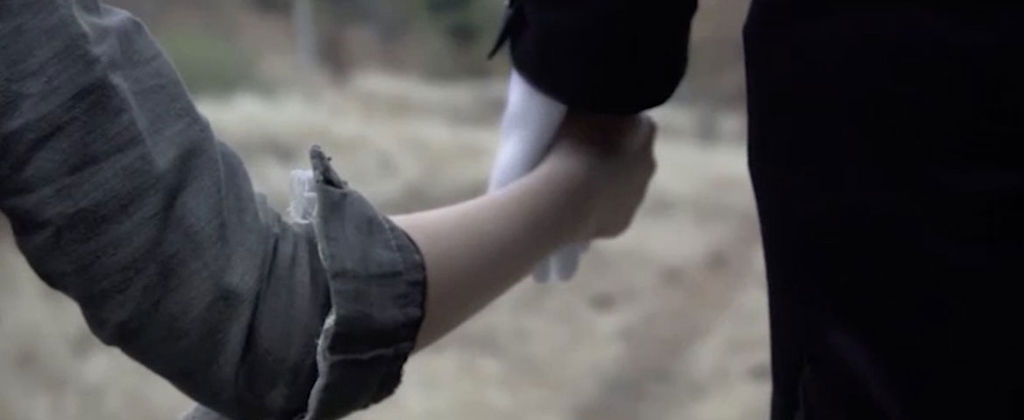
Director Irene Taylor Brodsky has a particularly disturbing case for her documentary’s subject matter: On Saturday, May 31, 2014 in Waukesha, Wisconsin, twelve year olds Anissa Weier and Morgan Geyser lured their friend Payton Leutner into the woods near Morgan’s house and stabbed her 19 times, before running off and leaving her for dead. They claimed they had done it to impress Slenderman, a character made popular on internet message boards who has since evolved into a widespread urban legend.
Casting a wide net, Brodsky attempts to cover a lot of the story’s aspects in her film. Beginning with audio clips of police emergency calls and news reports summarising the details of the case, the film presents a combination of harrowing footage of the police interviews with the perpetrators hours after the stabbing, interviews with the parents, opinions from experts including Richard Dawkins and the creator of knowyourmeme.com as well as family home videos and plenty of Slenderman fan art.
Set to a frenetic and atmospheric score, the film is captivating. Where it falters, however, is in its ambitiously broad scope. If Brodsky has an opinion about the crime, it’s not clear whether she believes mental illness is the issue here, or the internet addiction of today’s youth, or whether the crime is just a freakish, isolated incident from which there’s little to be learnt. Perhaps by attempting to show just how much this crime speaks to the state of today’s world, Brodsky has forgotten to give her documentary a clear narrative and point of view.
Beware the Slenderman is an important documentary that does a good job summarising a lot of the details about a peculiar case, and it has some eerie footage to display. It’s a shame then that the whole thing feels more like sifting through a pile of evidence than watching a compelling story unfold.
6/10 stars
– Tom Bensley
Damien Power’s Killing Ground is a relentless 90 minutes of pure terror. A couple decides to go camping for the weekend and lo and behold, they come across some locals who decide to hunt them down. Like zombie films, this has been done to death (pardon the pun) but the way Power chooses to tell this story adds a new spin to the genre and I was pleased and surprised with how the story ends.
The two leads – Harriet Dyer and Ian Meadows – have some amazing chemistry and I found myself rooting for them from the very beginning. What I enjoyed about this film is that there is no gratuitous gore and any violence shown on screen is used well within the context of the film. Most of the horror, in my opinion, is actually psychological.
8.5/10 stars
– Myron My
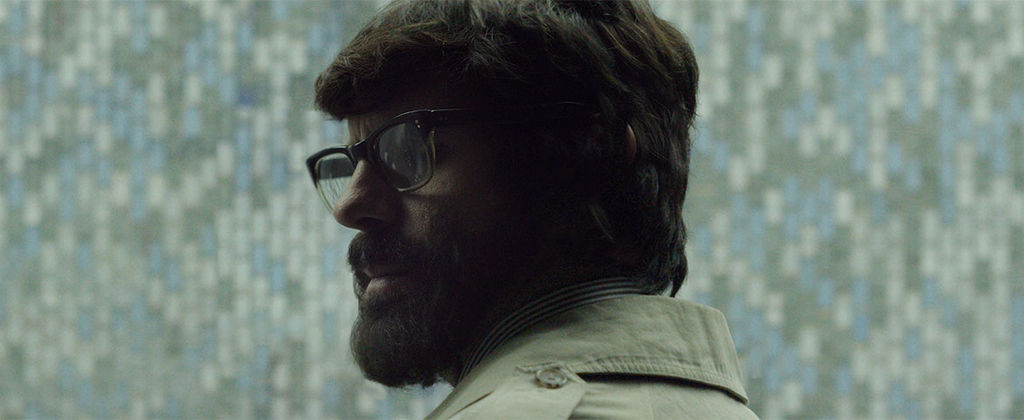
Before Friday night’s screening of Pete Middleton and James Spinney’s documentary film, Notes on Blindness, Jan Dale came and introduced the film. Sister of the film’s subject, John Hull, she told us of the tremendous personal connection to the film she felt due to how accurately it portrayed Hull’s experiences. After losing his sight in the 1980s, Hull began to record his findings as he attempted to understand his blindness.
This is not a traditional documentary. With Hull’s recordings of himself and his family, actors Dan Renton Skinner (High Rise) and Simone Kirby (Alice through the Looking Glass) play John and his wife Marilyn, lipsyncing the words on the tapes.
It’s at first a bit disconcerting and seems to distance the viewer from the film. However, a pivotal scene shows Skinner portraying John trying to fight despair as his children open Christmas presents he can’t see, and suddenly this disconcerting feeling communicates to the viewer John’s own relationship to his surroundings.
A melancholic, string-heavy soundtrack overlays the film with a dreamlike atmosphere, complemented by the directors’ attempts to cinematically portray the experience of blindness. Aided by Hull’s articulate descriptions, Middleton and Spinney’s sequences allow the audience to share Hull’s worldview. One section, in which Hull describes the way rain brings out the contours of his surroundings, radicalised my own way of seeing the world.
Precisely because the film focuses on aesthetics rather than plot, it unfortunately lags in certain moments. A section in which Hull returns home to Australia to visit his old childhood haunts lacks the drama needed to balance the film’s rather directionless nature.
This is only a minor criticism on what is otherwise original and daringly creative film. It’s clear that this film is a triumph, and a step towards a mutual understanding between people with different perceptions of the world.
8/10
– Tom Bensley
We hope you too can get to enjoy these films in the coming months. Keep an eye out for screenings at Cinema Nova Carlton and Palace Cinemas. Sadly, not all of the films listed will get a cinematic release in Australia so keep an eye on legal movie streaming sites and support indie cinema.
– The Plus Ones movie team.
– Myron My
– Tomas Zagoda
– Tom Bensley

